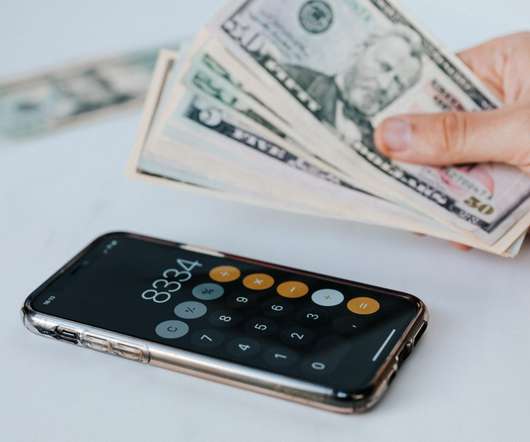FAQs About Debt Management Plans
Debt Guru
JANUARY 27, 2021
What types of debts can I lump together in a DMP? Unsecured debts, such as credit cards, store cards and personal loans, can be part of your DMP. Secured debts, like your mortgage or car payments, aren’t covered. Student loans aren’t covered, either. Does it cost to participate in a DMP?












Let's personalize your content